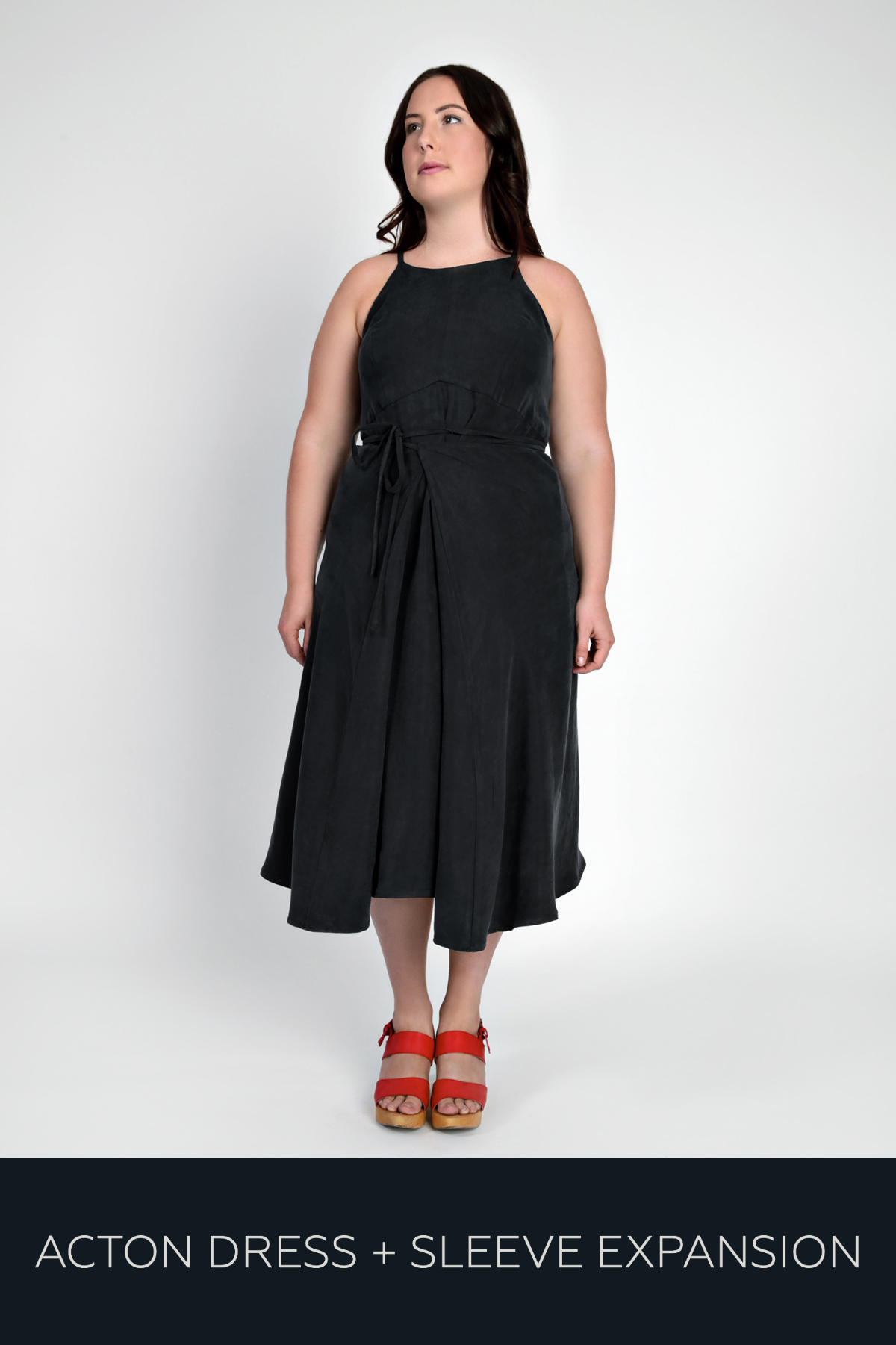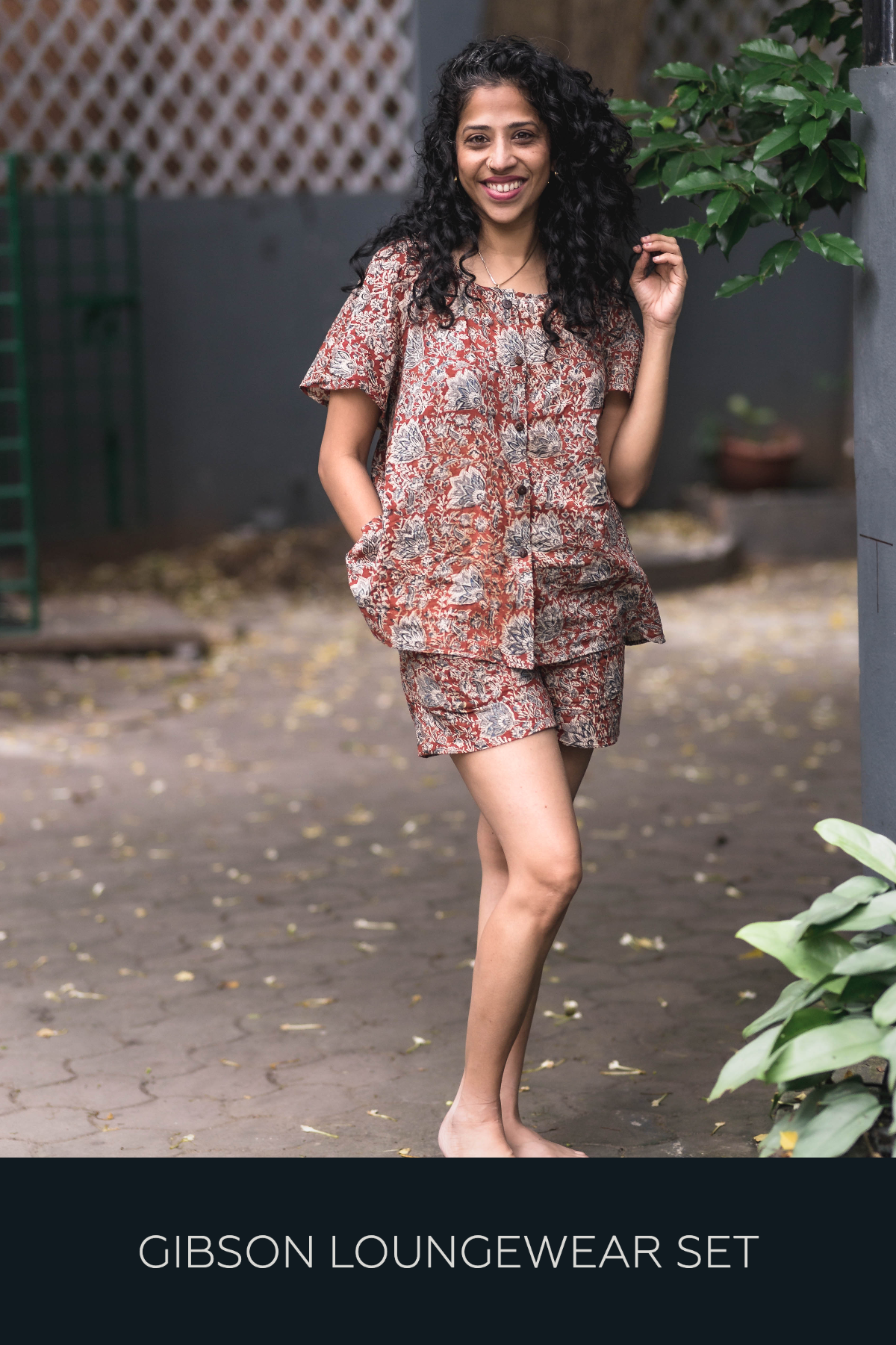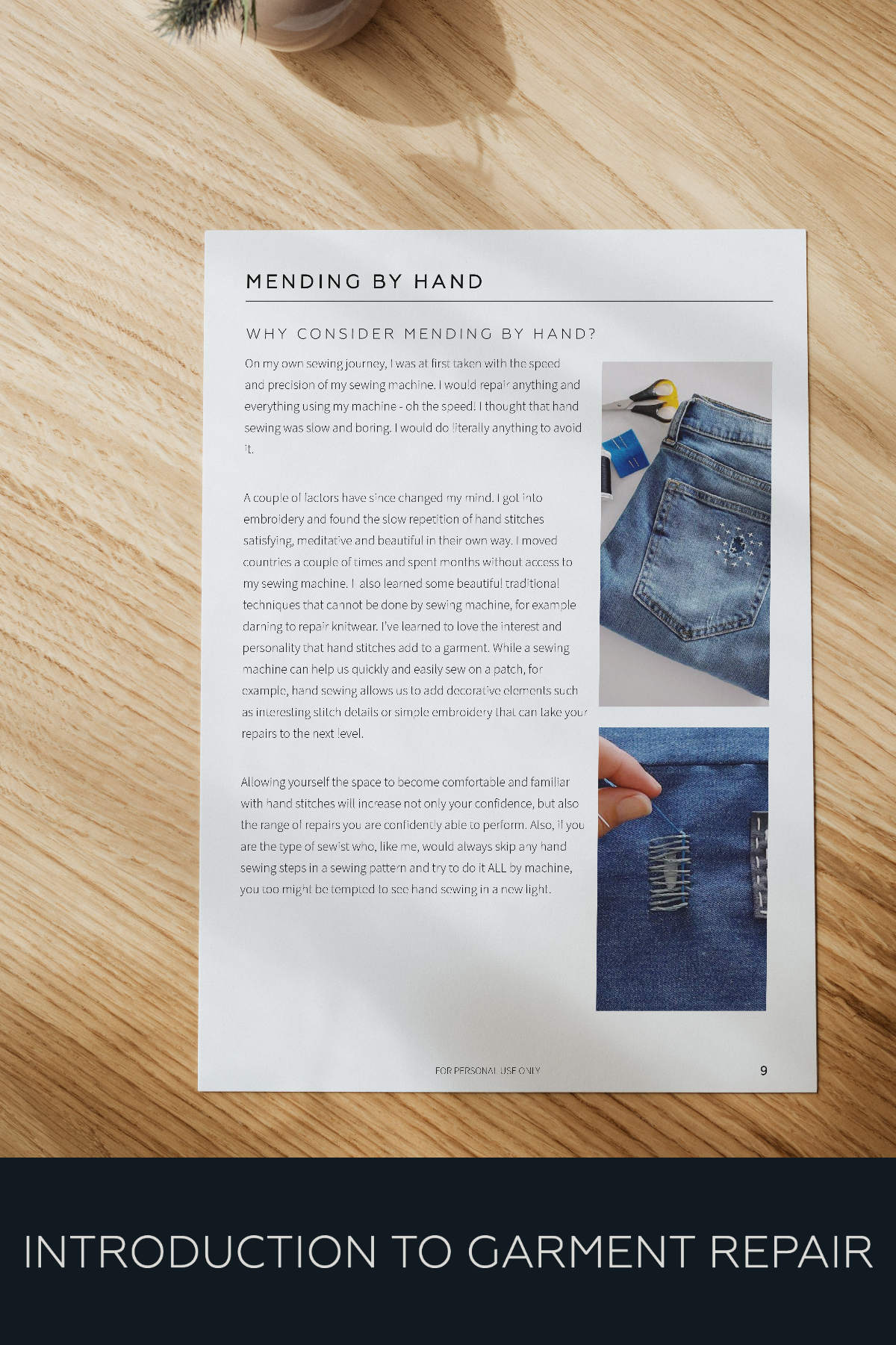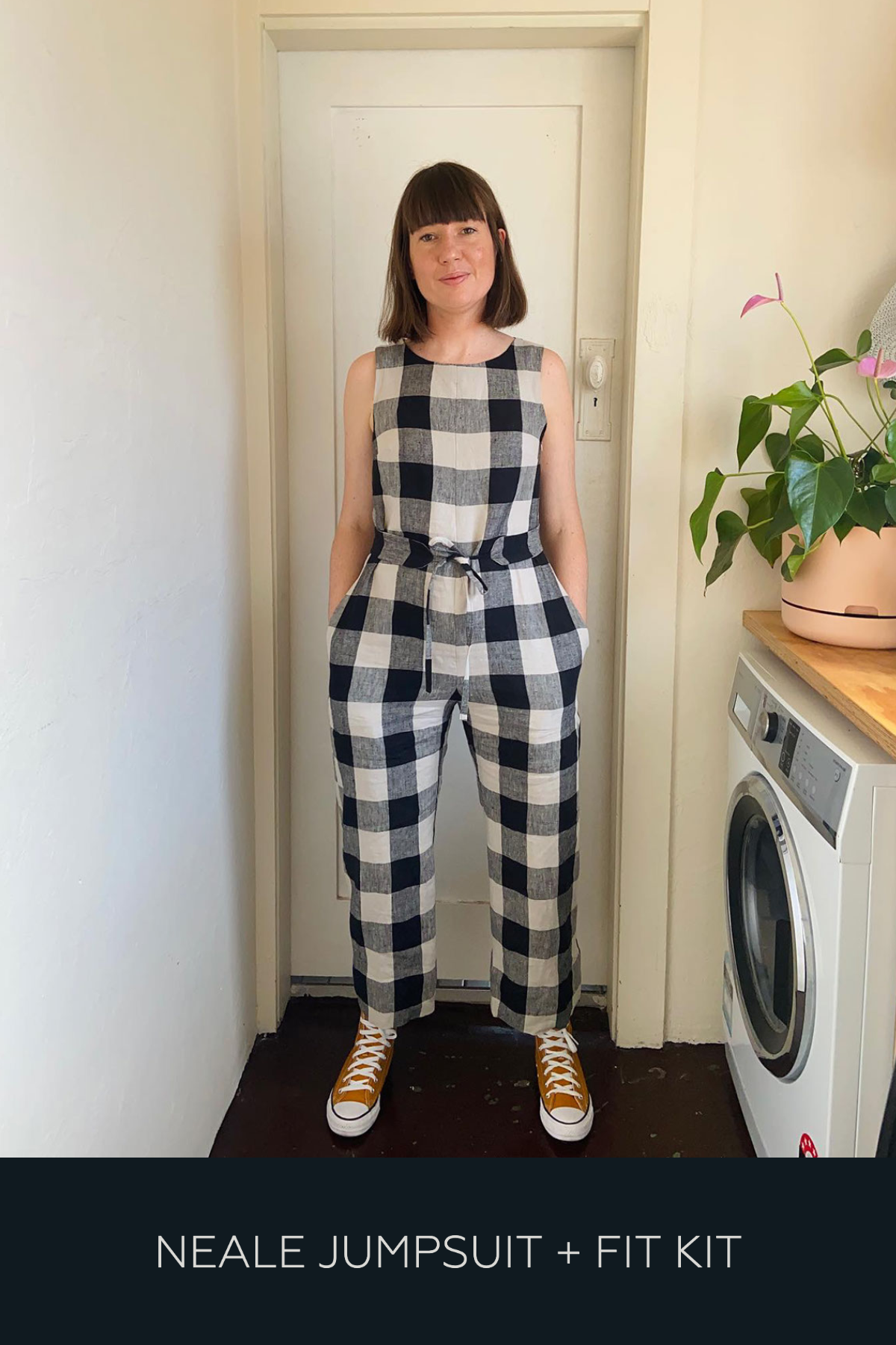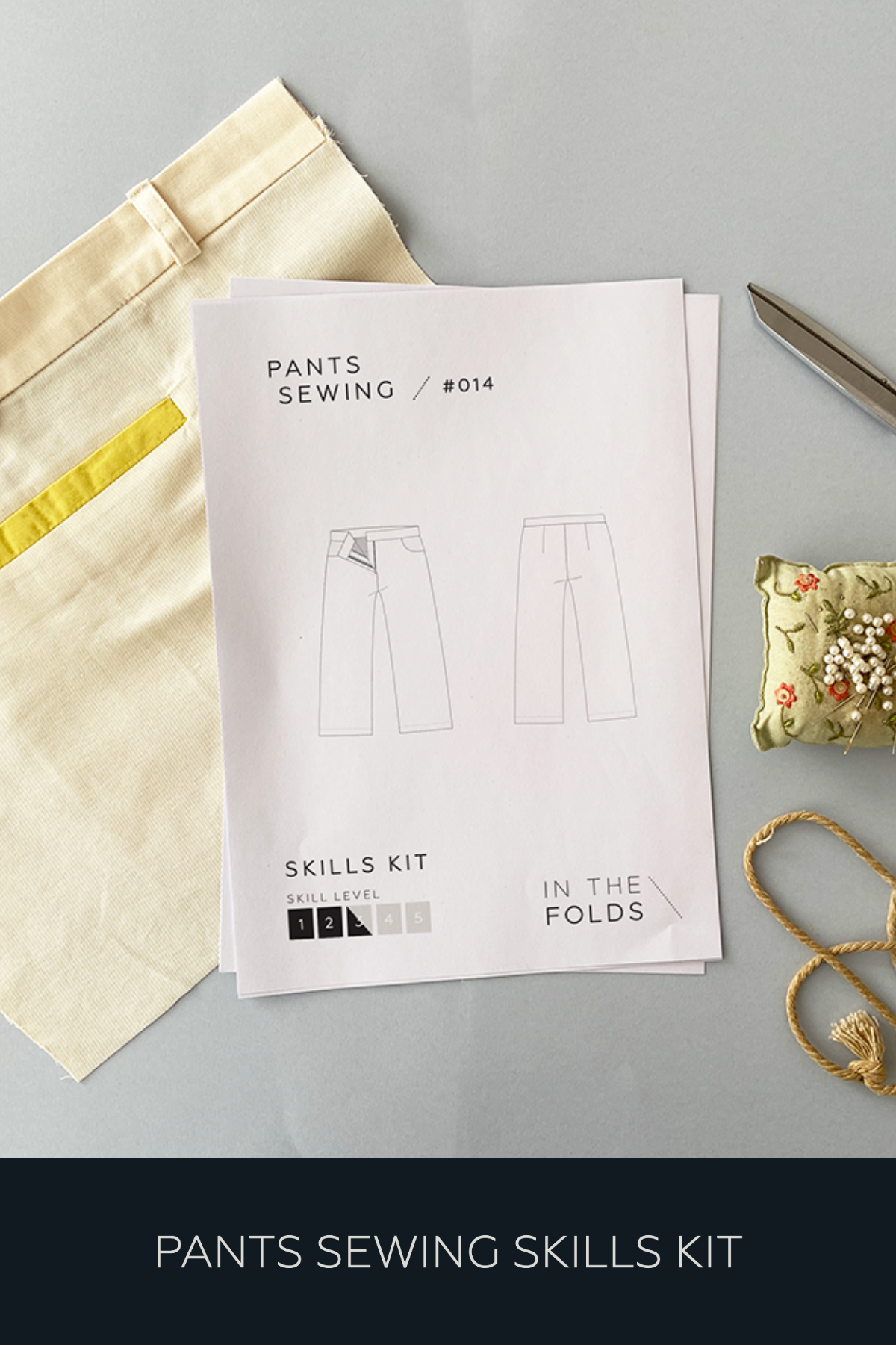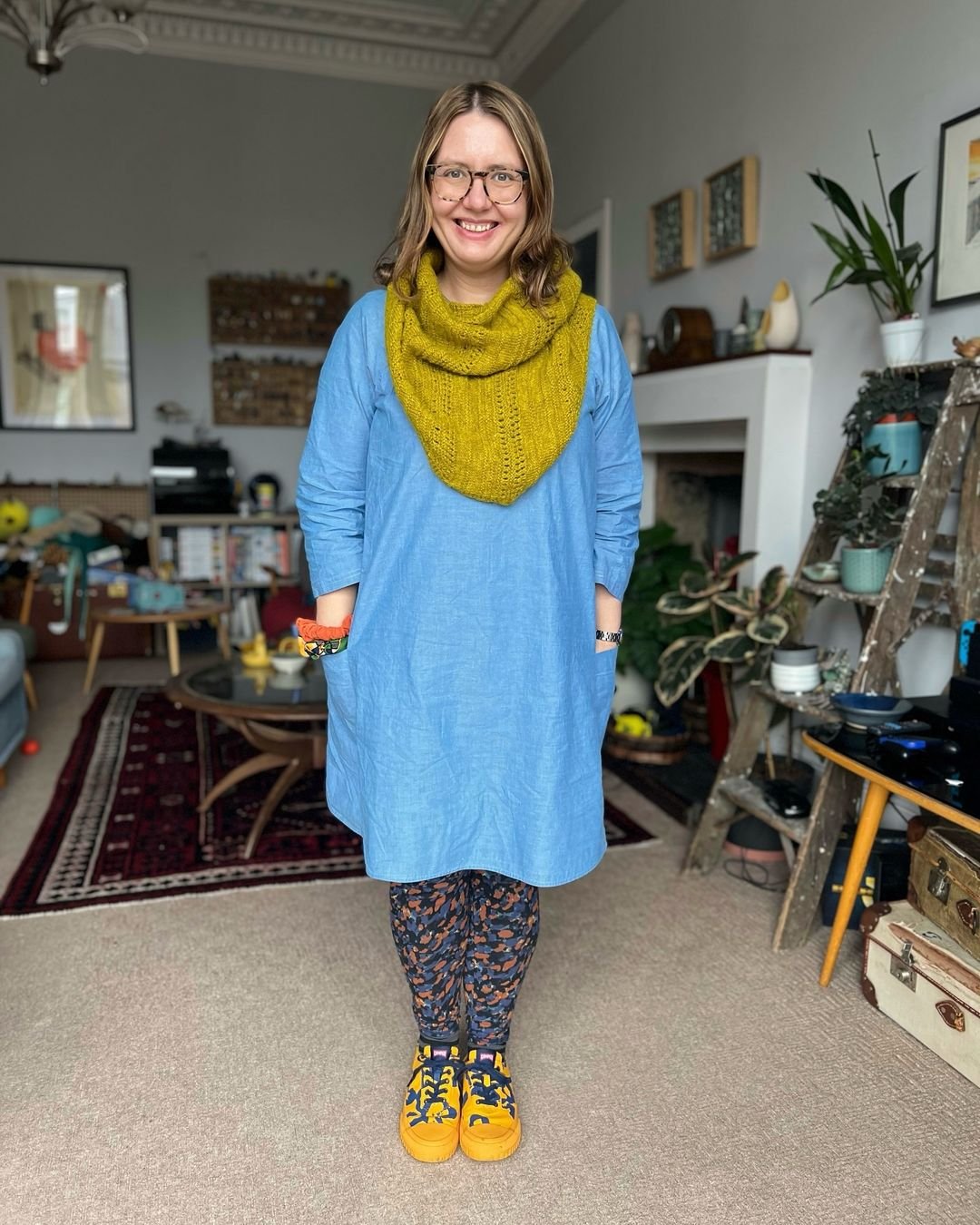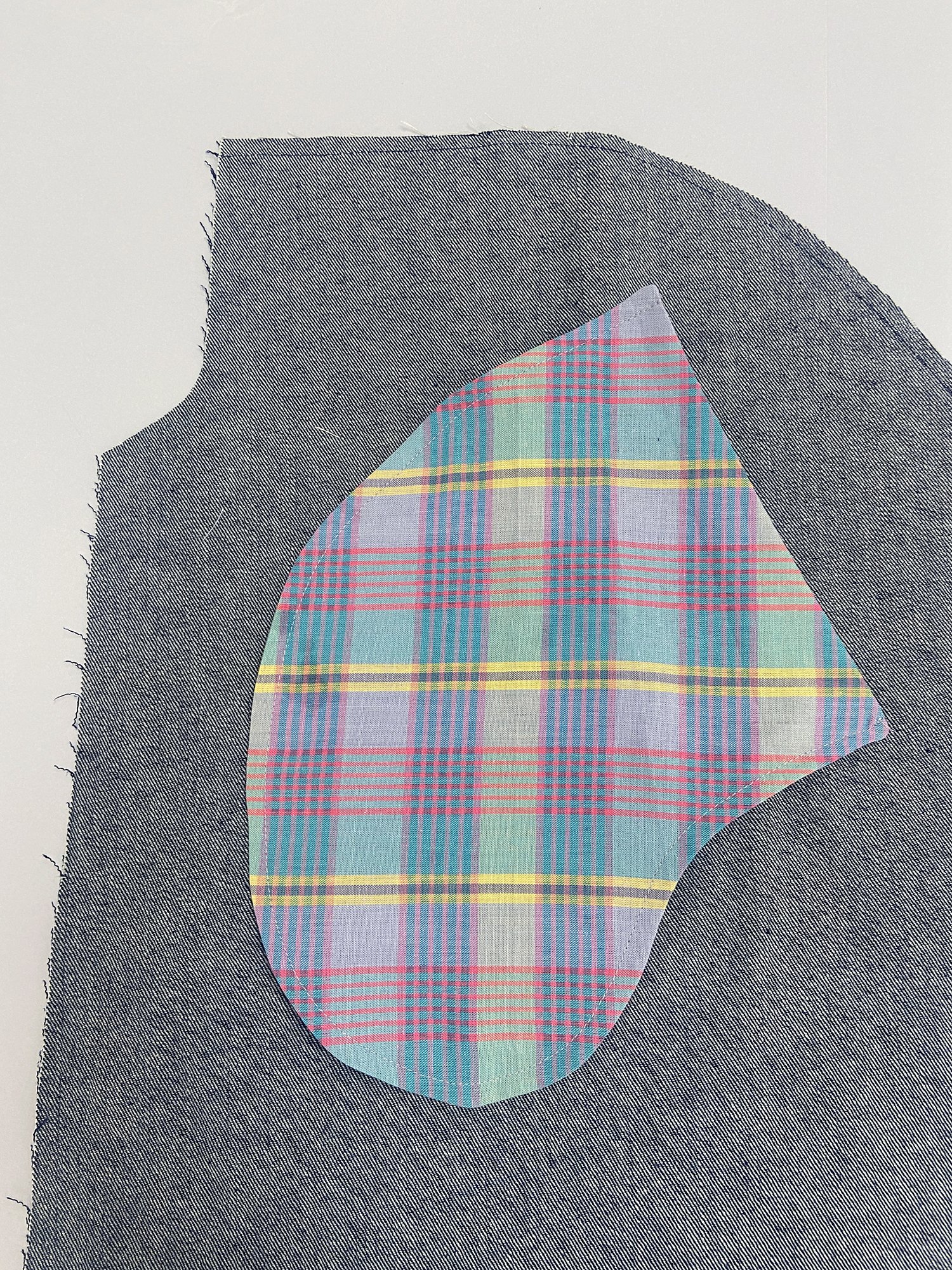When it comes to fashion, the old saying “There’s nothing new under the sun” definitely applies. What was once in fashion usually gets its time again - for better, and sadly, worse! And while we’ve been seeing chore coats getting their moment in the ‘fashion’ sun again of late, to us chore coats have never really gone out.
There’s a couple reasons for this, so we thought it would be great to talk about the history of the chore coat, and then Leanne will share why she loves her Ormond chore coat so much.
What you may not know about the chore coat, and why it hasn’t ever gone out of fashion
Reason 1: Designed with purpose
The chore coat is an iconic piece of workwear with humble beginnings, and traces its roots back to the French countryside of the 19th century. Originally designed for labourers, this garment was an essential part of everyday attire for farmers and railroad workers alike. Featuring practical pockets tailored to hold tools and other necessities, it became an indispensable part of the working man's wardrobe.
Reason 2: Designed for versatility
Crafted from sturdy, durable fabrics, the chore coat was designed to withstand the rigours of manual labour, but its boxy silhouette and fabric choice made it a versatile piece that was suitable for wear in a variety of weather conditions.
As you can see, this outerwear garment was more than just clothing - it was a tool in itself, tailored to the needs of those who wore it.
And THIS is exactly why we think it has never really gone out of fashion.
Over time, this piece of workwear, with its timeless design and functionality, transcended its initial audience and found its way into the wardrobes of people from all walks of life, occupations and gender. It’s the perfect example of why garments that are designed with purpose and function in mind tend to stick around, and don’t become subject to fashion cycles.
(There’s some great chore coat reads if you’re interested in diving deeper into the history. We recommend these posts - Carhartt, The Times and Heddels.)
Leanne shares her denim Ormond chore coat
The Ormond chore coat is hands down my favourite ITF make to date! I have worn the coat on repeat since finishing it.
I used a midnight indigo denim (from Spotlight) and classic golden contrast topstitching. This was my first time using an official topstitching thread: it's thicker and more substantial than regular thread, and stands out beautifully against the dark background. I used Guterman top-stitching thread in colour #412, and a matching regular thread for the bobbin.
My measurements put me between a size D and E in ITF patterns and I decided on a size E for my coat, as I like a relaxed and boxy fit in this particular style garment.
build your sewing skills with a
curated by itf membership
I am obsessed with raglan sleeves and love the way the contrast topstitching really highlights these design lines. I opted for bronze buttons (also from Spotlight) and am really happy with the result. Sometimes you can't go past a classic choice, it just works!
I love how the Ormond Coat looks with the sleeves rolled up for a more casual look and for my next coat I might add a couple of centimetres.
I love to wear this coat fully buttoned or undone, sleeves up or down - testament to a well balanced design!
The Ormond chore coat has become an absolute staple in my wardrobe, and I have a feeling I’m going to love it to bits for many years to come.
We can't wait to see your Ormond versions too! If you share them on Instagram, be sure to tag your photos with #ormondcoat so we can see!




